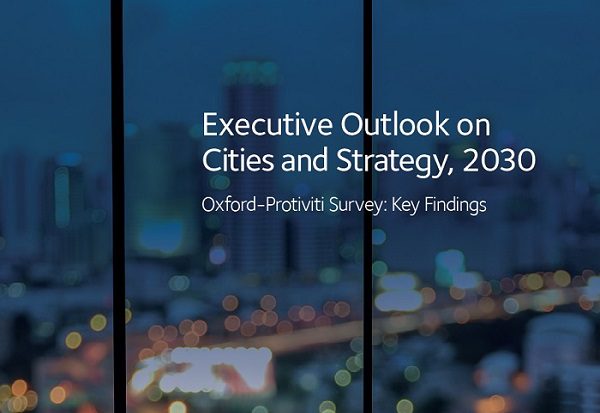A city might be best understood as a spatial concentration of households, firms, and organisations of all kinds, whose activities service a wider region, and which is increasingly connected to international flows of information, goods, money, and people. The COVID-19 pandemic has changed life and business in cities, but the future of cities will be as much determined by their state going into the crisis, as by the impact of the pandemic itself.
The uncertain outlook for the global economy coming out of the prolonged COVID-19 crisis, nevertheless, is unfortunate news for many Western cities, for which prospects appeared to be improving in recent years. Following the global financial crisis of 2007-2009, and the resultant downturns associated with the credit crunch and fiscal austerity measures of the early 2010s, many governments, and private investors have recognised the significance of cities as real engines of economic and social development.
Internationally, despite various economic and political setbacks, the relentless urbanisation drive has continued unabated, with the current population projections indicating a 68% share of urban population worldwide by 2050. Indeed, over the last twenty years, the process of urbanisation has accelerated, particularly in China and other upper-middle-income economies, i.e., those with an annual Gross Domestic Product (GDP) per capita between US$ 3,996 – 12,375 (in 2019 prices).
According to the Population Division of the Department of Economic and Social Affairs of the United Nations, by 2050, the share of urban population in this group of countries is projected to reach 83%, closing the gap with the high-income economies (GDP per capita above US$ 12,375 a year). Furthermore, by 2050, the majority of population in both lower-middle-income countries (GDP per capita between US$ 1,026 – 3,995) and low-income countries (under US$ 1,026 a year) will be urban dwellers, too, pushing the world’s urban total towards 68.4%, or 6,679,756,000 people…


